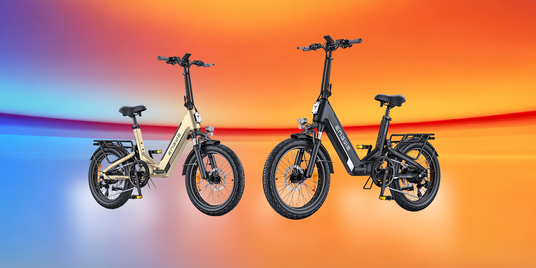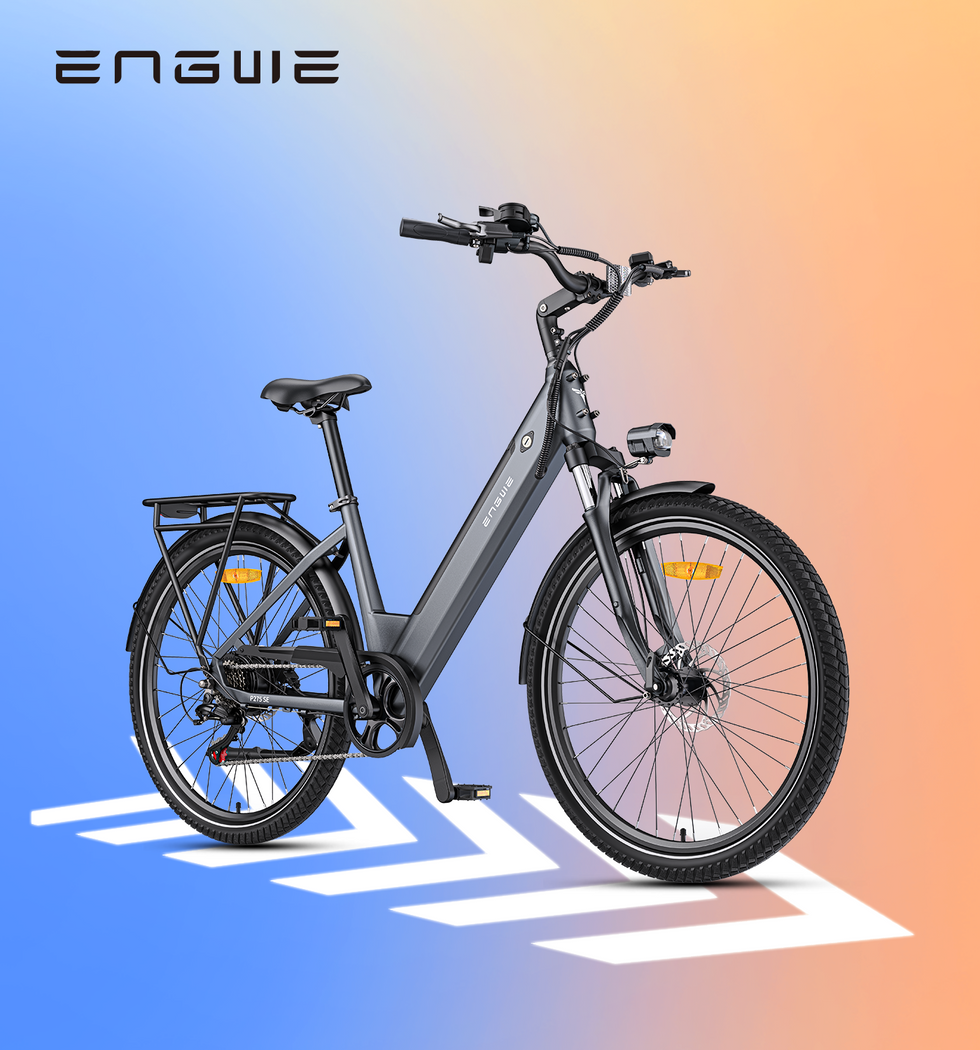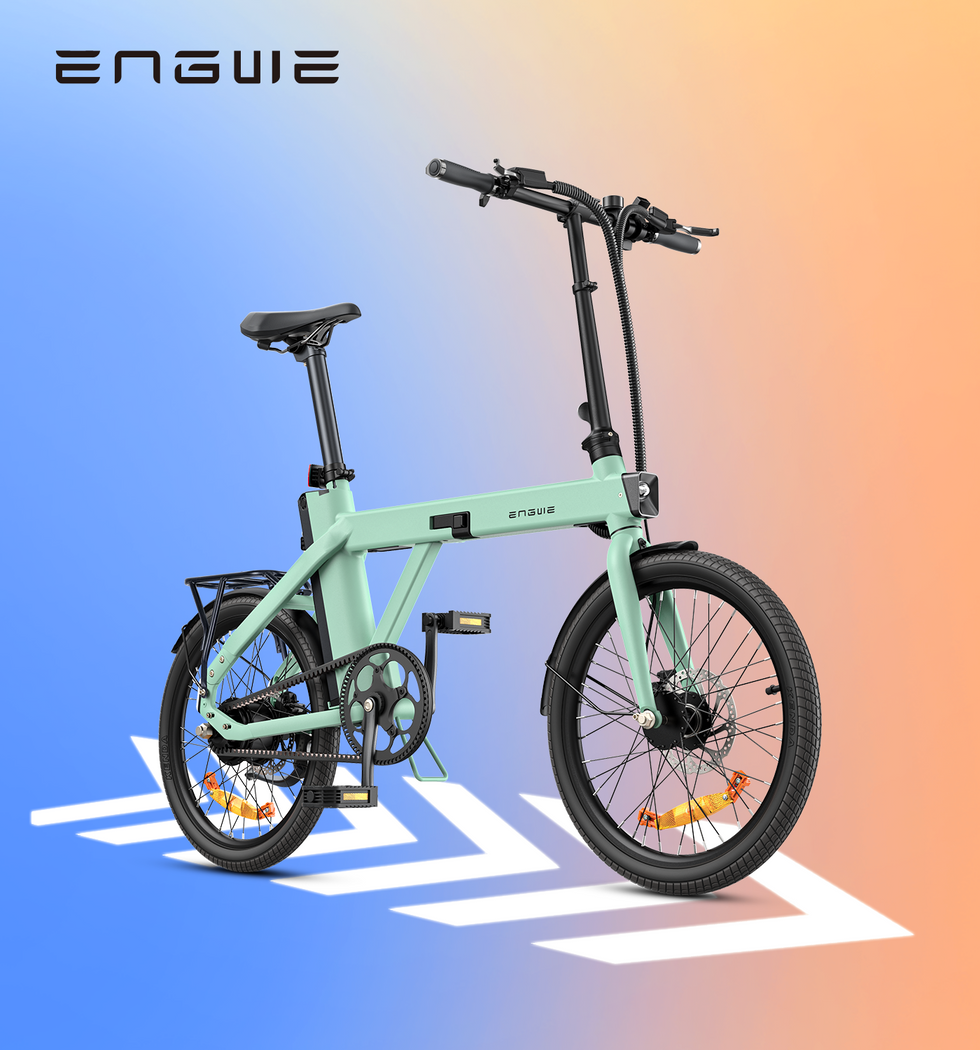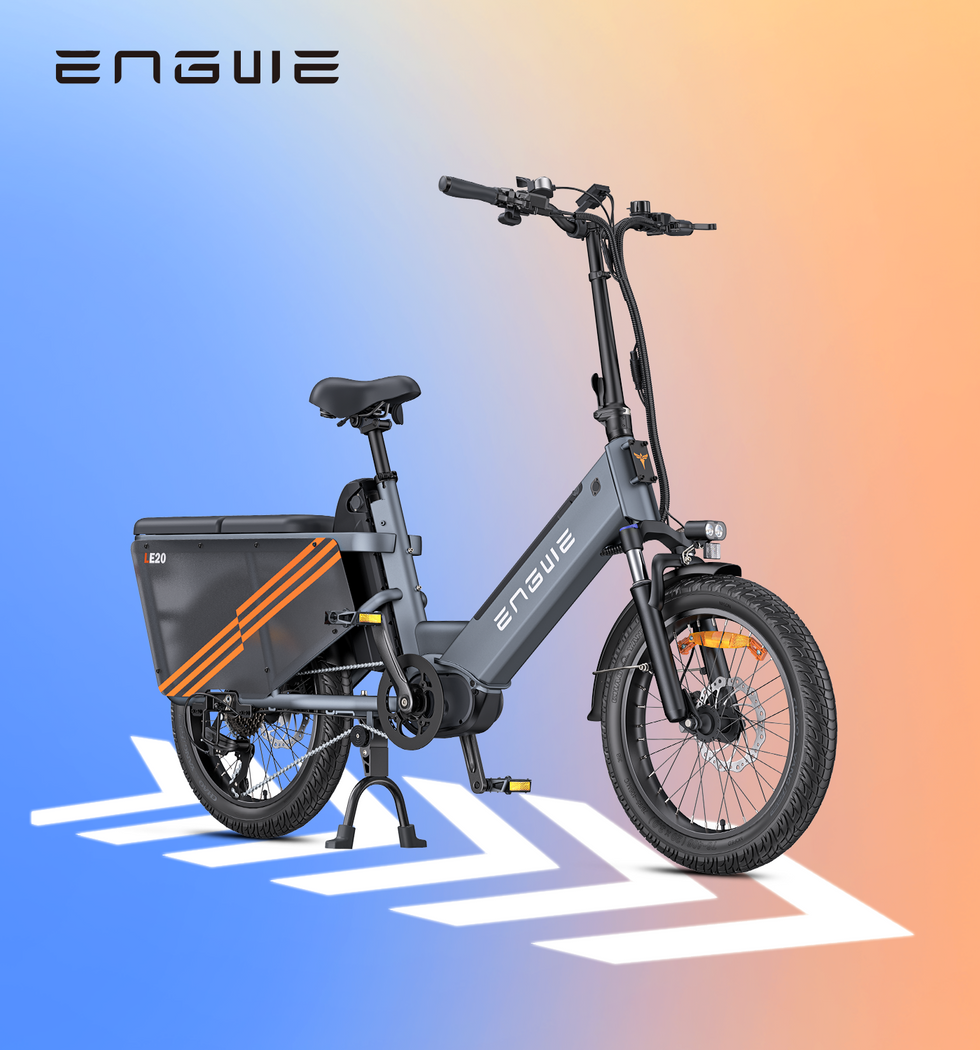Looking for the lightest folding electric bike is more than just finding a number on a spec sheet, though. It is a quest for freedom. There is a craving, maybe, to conquer the final mile of your commute, to sail onto a train platform unimpeded, to be able to stow your transportation under a desk or in a hallway cupboard. Carl Logie: Having rubbed shoulders on the busy streets and public transport systems of the UK, I empathise. The dream would be a machine that was so powerful that it could flatten hills, but so light that you’d never think twice about carrying it up a flight of stairs. But this quest is one of compromise, a balancing act between weight, power, range and durability. Let’s pedal our way through this terrain together to find not necessarily the lightest bike, but the right bike for your life.
Understanding E-Bike Weight Categories
Before we get stuck in, it’s probably worth addressing the big question: what exactly is ‘light’ in the world of electric bikes? These e-bikes have motors, batteries, and reinforced frames, adding weight. A non-electric folder might weigh 10-12 kilos. For a machine with an electric assist, the goalposts are moved quite a bit. We can realistically categorise them as follows:
| Category | Weight | Best For |
|---|---|---|
| Ultralight | Sub 15 kg | The most portable option. Great for short, flat commutes where you need to carry it often. Sacrifices range and power for the lowest weight. |
| Lightweight | 15 kg to 20 kg | The perfect balance for most commuters. Mixes good performance and portability, with longer range and more power than ultralights. Suitable for carrying over short distances. |
| Standard Weight | Over 20 kg | Designed for power, range, and features like suspension and fat tyres. Best for riders who prioritize performance and all-terrain comfort and rarely need to carry their bike. |
Begin by understanding these categories. It changes the amorphous “lightest” target into a very pragmatic question: “What’s the lightest bike I can still use every day?” That helps you avoid the frustration of spending $$ on an ultra-light model, then, after only 20 miles of hilltopping, you’re out of battery.
Key Features Beyond the Kilograms
While the bottom-line number might be the weight, that is only part of the issue. A really great folding electric bike will be strong in a few other key areas that contribute to that day-to-day use. First is the folding mechanism. How fast is it, intuitively? A design with two minutes’ worth of engineering to operate isn’t going to make an owner’s heart soar for long. Find a bike that folds into a reasonable and logical shape in less than 30 seconds. Folded dimensions are just as crucial as the weight; a well-designed bike will fold neatly into a balanced package that’s a doddle to roll or carry, with no bits awkwardly sticking into the ribs. Up next is the battery and range. The point: Be realistic about the distances you plan to cover in a day and then look for a stated range that comfortably exceeds that, since manufacturer claims are often under optimal conditions. For city riders, a removable battery is a big plus as it means you can charge it inside, without bringing the whole bike indoors. Ultimately, don't forget ride quality and safety. There are a few components that are unavoidable features — in a city like this you do need some serious stopping power to deal with the unpredictable movements of traffic, and once you’ve ridden with discs you don’t want to go back. Wheel size also makes a difference, with 20-inch wheels typically providing a more stable, comfortable ride than smaller 16-inch versions, which are better at soaking up bumps and potholes.
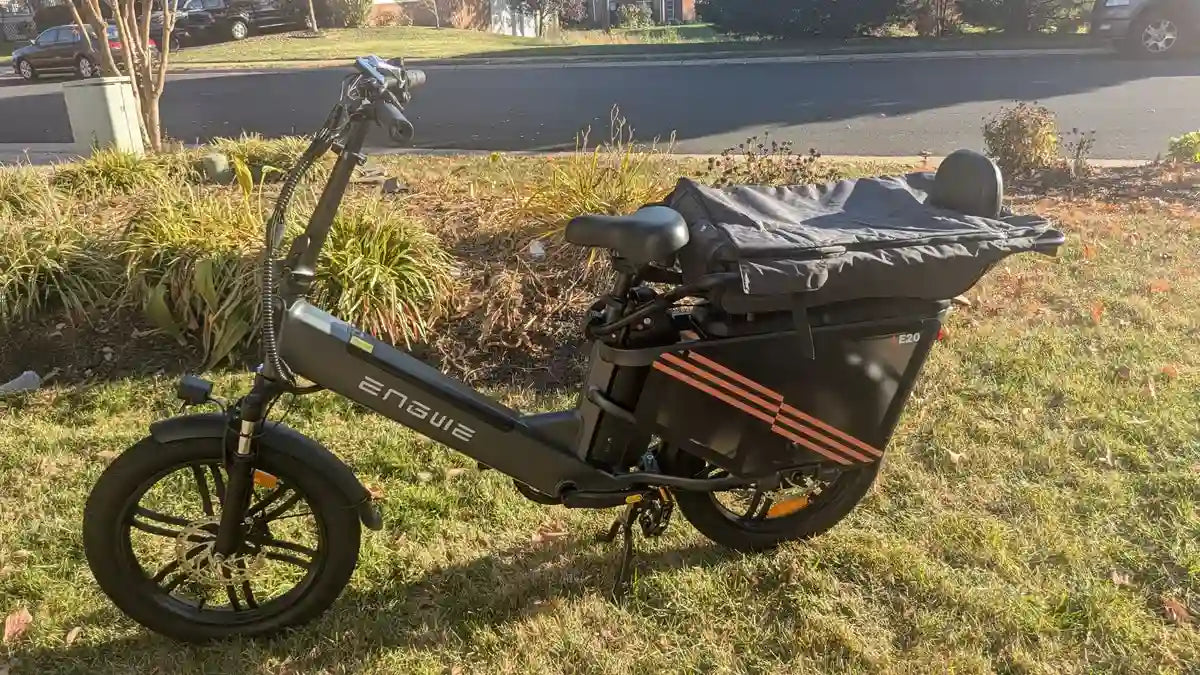
A Case Study in Capability: The ENGWE EP-2 Boost
And, in the chase for the rock-bottom weight factor, power and versatility are sometimes compromised. There are models that redefine what a folding electric bike is all about by prioritizing delivering an excellent, feature-laden ride in a foldable presentation. An excellent case in point of this mentality is the ENGWE EP-2 Boost. And this, you could argue, is pretty much what they promised with La Superbe – its 30kg weight may make it a normal-weight bike, but with all that strength, it comes with features standard lightweights can only dream about. Its 250w brushless EU-legal motor further benefits from an outstanding torque sensor to provide a level of smooth, intuitive assistance that has to be tried to be believed; if cycling with the Tofino wasn't such a satisfying experience, one would easily forget it was there. For climbing those difficult hills, there is also a special Boost button that allows the full 55 N.m of power to come on immediately. But the real game-changer is its off-road capability, with huge 20 x 4.0 fat tyres on tough one-piece wheels, and stable and comfortable handling over all surfaces, from smooth asphalt to fine gravel. This is a bike that won’t hold you back on the city streets. It can cover a range of up to 120KM and remove the concern about range. The EP-2 Boost is your ultimate partner in reliability with powerful 180mm mechanical disc brakes, a 150 kg load capacity, and an included rear rack ready for your groceries or deliveries. Its short reach means it’s still easy to stash in car boots or smaller storage solutions. The ENGWE EP-2 Boost is a forceful statement: The ultimate folding e-bike isn’t always the lightest, but for many riders, it is the most capable.

Finding Your Perfect Fit: What Kind of Rider Are You?
Apply all of this and the daily reality of life with a folding e-bike is liberating. I used to have to choose between the crowded, stressful train ride and sitting in traffic. Now, it stands as the liberatingly hybrid — it’s a cocktail we fancy! I can ride to the station, fold the bike in four seconds, and get on the train. On the other end, I undo it and coast the remaining two miles to the office, feeling energized rather than deflated. The bike is also a backflip away from living under my desk a day, taking up no more night-time space than a piece of luggage. You can feel the freedom in the air. You don’t have to rely on schedules or traffic. Weekend trips are a different beast; chuck the bike in the car and explore the country parks and coastal paths that you would rarely be able to access before. That said, however, we must also keep it real. Even a 17kg bike carried up three flights of stairs to a flat is a workout. You can feel it as it's near. And that’s life when it comes to making the decision about weight; it’s why you need to pick a weight to manage that you are comfortable with.
So, how do you make the choice in the end? “It really is a matter of a sober-minded look at your own life and what matters most to you.”
For the Multi-Modal Commuter
If you’re combining the bike with train and bus travel, weight and how long it takes the bike to fold or unfold will be crucial. The 'Lightweight' (15-20kg) range is what you have to care about. A fast, intuitive fold and an included carrying strap make daily transitions more convenient.
For the Liftless Apartment Dweller
Because every single kilogram counts. You are an ideal candidate for an 'Ultra-lightweight' bike (<15kg), if your usage is not too long and on relatively flat terrain. The convenience of lugging it up the stairs every night outweighs any loss in range or power.
For the Performance Seeker / Adventurer
If you’re performance-oriented, and you’re looking for a bike to tackle steep hills, long distances, some bumpy stuff, and you don’t have to carry it very often, start thinking less about weight, and more about how the bike can expand your capabilities. Something like the ENGWE EP-2 Boost is a great model from the 'Standard Weight' range, providing the power, range, and sturdy build that you’ll appreciate most.
For the Urban Utilitarian
If your bike does a lot of the heavy lifting for grocery getting, errands or small-scale deliveries, carrying capacity, durability and safety features like strong brakes and a sturdy rack matter more than a couple of kilos saved.
Your ideal electric folding bike is out there, ready to bring your travels to a new level of convenience and enjoyment.

Frequently Asked Questions
1. The law on folding electric bikes in the UK. Can you legally ride a folding electric bike in the UK?
Yes, they are completely legal to ride without a license, or being taxed, or insured, providing that they do meet the EAPC (Electrically Assisted Pedal Cycles) regulations. In other words, the motor can provide a maximum of 250 watts of continuous power, and the electrical assistance has to cease once the bike hits a speed of 15.5 mph (25 km/h). The bike must be pedal-assist, with a motor that engages only when you’re pedalling. The ENGWE EP-2 Boost is built to meet these EU & UK rules.
2. What is the real-world range compared to the manufacturer's range?
The given range is usually a best-case estimate, completely optimised under simple conditions: a light rider on flat terrain, with no wind, on the lowest level of pedal assist (PAS). In real life, your range will depend on factors such as your weight, the hilliness of your ride, wind resistance, tyre pressure, and how much you switch into higher assist levels or use the throttle. As a guideline, you can plan to see around 70-80% of the quoted maximum range under typical mixed-use conditions.
3. Are folding electric bikes hard to keep up?
Maintenance is nearly identical to that of a conventional bike. The main things to do are keep the tyres pumped up, clean and lubricate the chain, give it a glance-check for missing brake blocks, and check the brakes for wear. The electrical parts (motor, battery, controller) are sealed and typically no maintenance is required by the end user. It’s also wise to have it looked over by a pro bike mechanic once a year, the same as you would with a non-electric bike.
4. How theft-proof are these bikes?
Security is important because they are valuable and easily moveable. You want a good lock (or two). To secure the frame, use one thick and sturdy D-lock – or a heavy chain lock – to a solid, stationary object. The best security feature of a folding e-bike is often that you can bring it inside with you — at home, at the office — and that’s the best deterrent of all. And for e-bikes with removable batteries, such as the ENGWE EP-2 Boost, you can also remove the battery and take that with you, meaning the bike is much less inviting to would-be thieves.
5. Can I take a folding electric bike out in the rain?
The majority of folding electric bicycles are water-resistant, not waterproof. They are fine even if you ride them in light to moderate rain. The electric elements are sealed to avoid water spills and rain. But do try to avoid getting your bike wet by riding through deep puddles that splash up water on the transmission, and you shouldn’t use a high-pressure jet wash either, as this can force water past seals. After a rainy ride, be sure to dry off the bike with a towel.
Picking the best folding electric bike is not that difficult to do when you know what you are seeking out of it.
